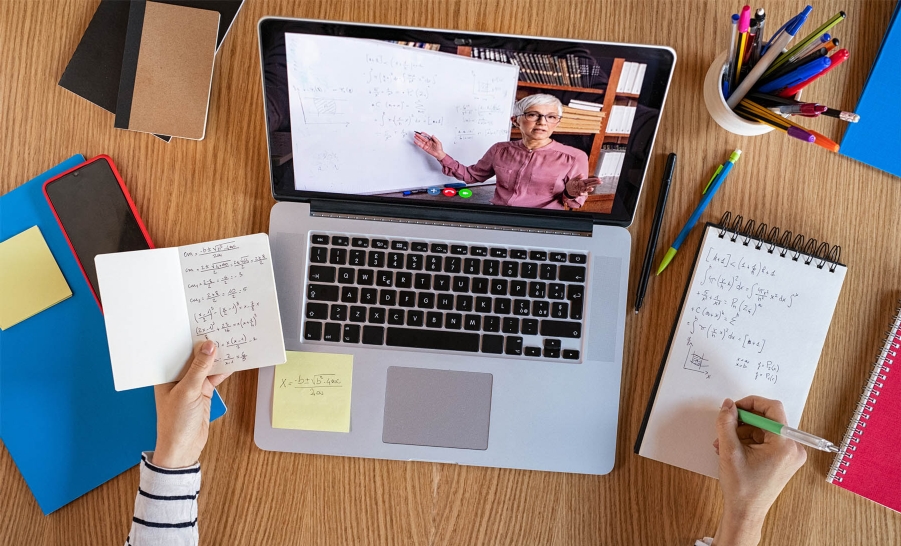Three Ideas for Post-Coronavirus Educational Recovery
There are many ways that schools can proactively address the inevitable and inequitable gaps caused by coronavirus-related school closures.
Iorio et al. / The International Journal of Allied Health Sciences and Practice / September 2022

During the COVID-19 pandemic, emergency remote teaching (ERT) was implemented in the U.S., and some of the most vulnerable college students struggled to adapt. The current study sought to understand the experiences and outcomes of undergraduate students enrolled in radiography programs while participating in synchronous online lectures during ERT, especially first-generation students. Specifically, this study focused on students who participated in class lectures that were taught online in a live and synchronous format due to COVID-19 stay-at-home orders. This study utilized a retrospective and longitudinal design where participants were asked to answer a series of questions retrospectively at two points in time with each question forming a pair. Survey participants were enrolled as students during ERT in 2020 through 2021 and participated in class lectures that were taught online in a live and synchronous format due to COVID-19 stay-at-home orders.
Wilcoxon Signed-Rank and Spearman Rank-Order tests suggest that ERT has affected the experiences and outcomes of students enrolled in radiography programs, with more pronounced negative effects for first-generation students. The researchers recommend yearly and preventative planning across three academic and administrative areas to include training, support, and technology as essential strategies for delivering remote education, specifically online synchronous lectures, in the context of ERT situations. Strategies in these three areas will keep the academic success of the most vulnerable and underserved college student populations at the forefront during emergency remote teaching scenarios.